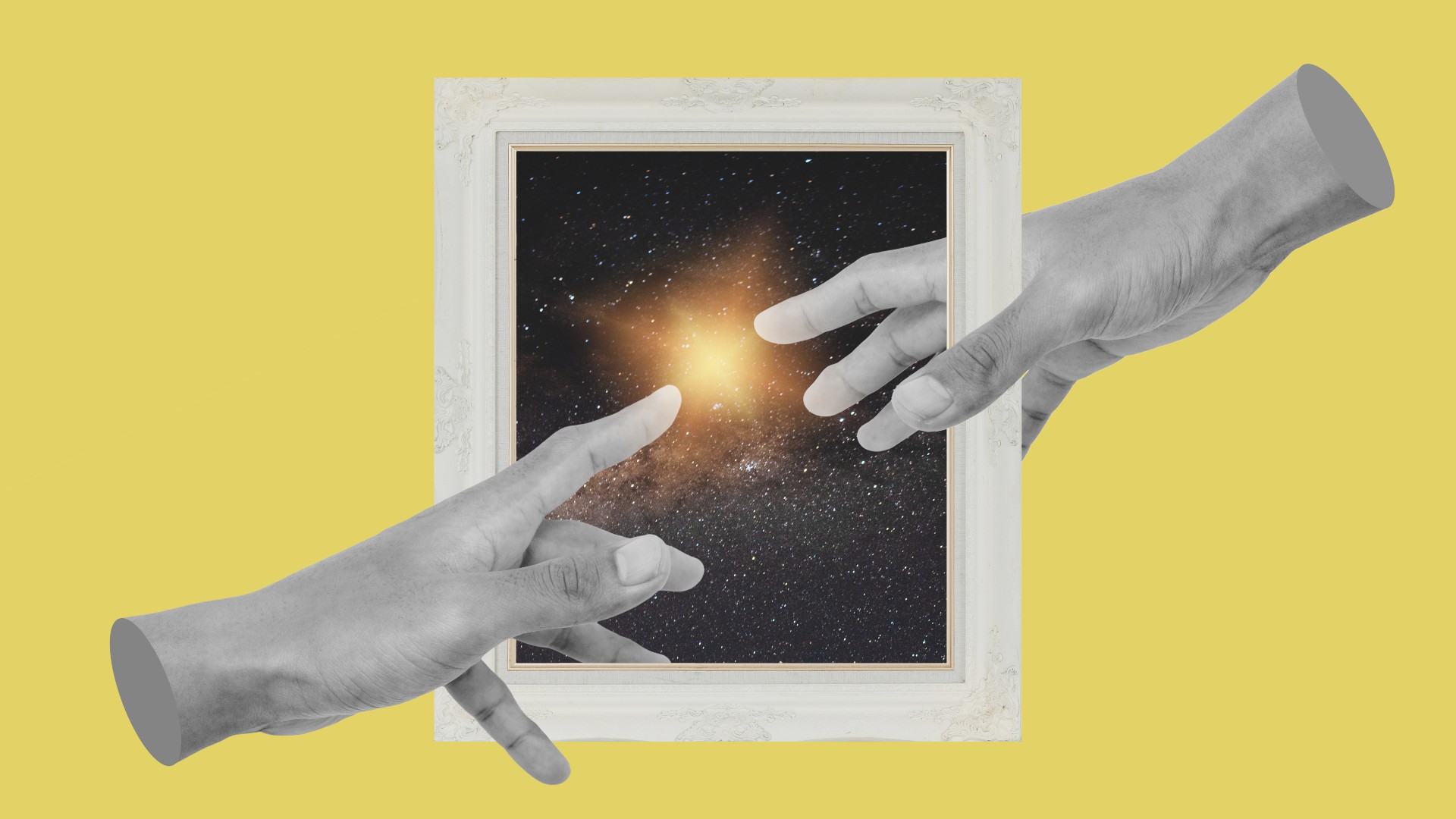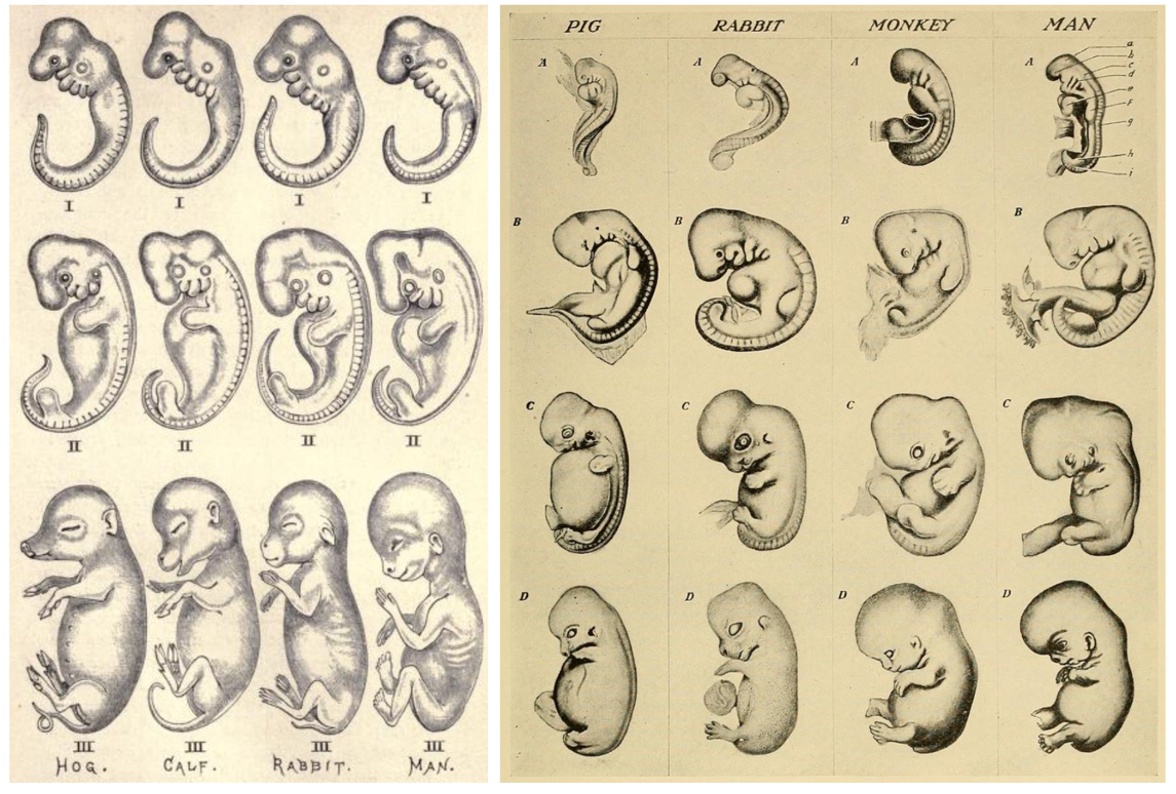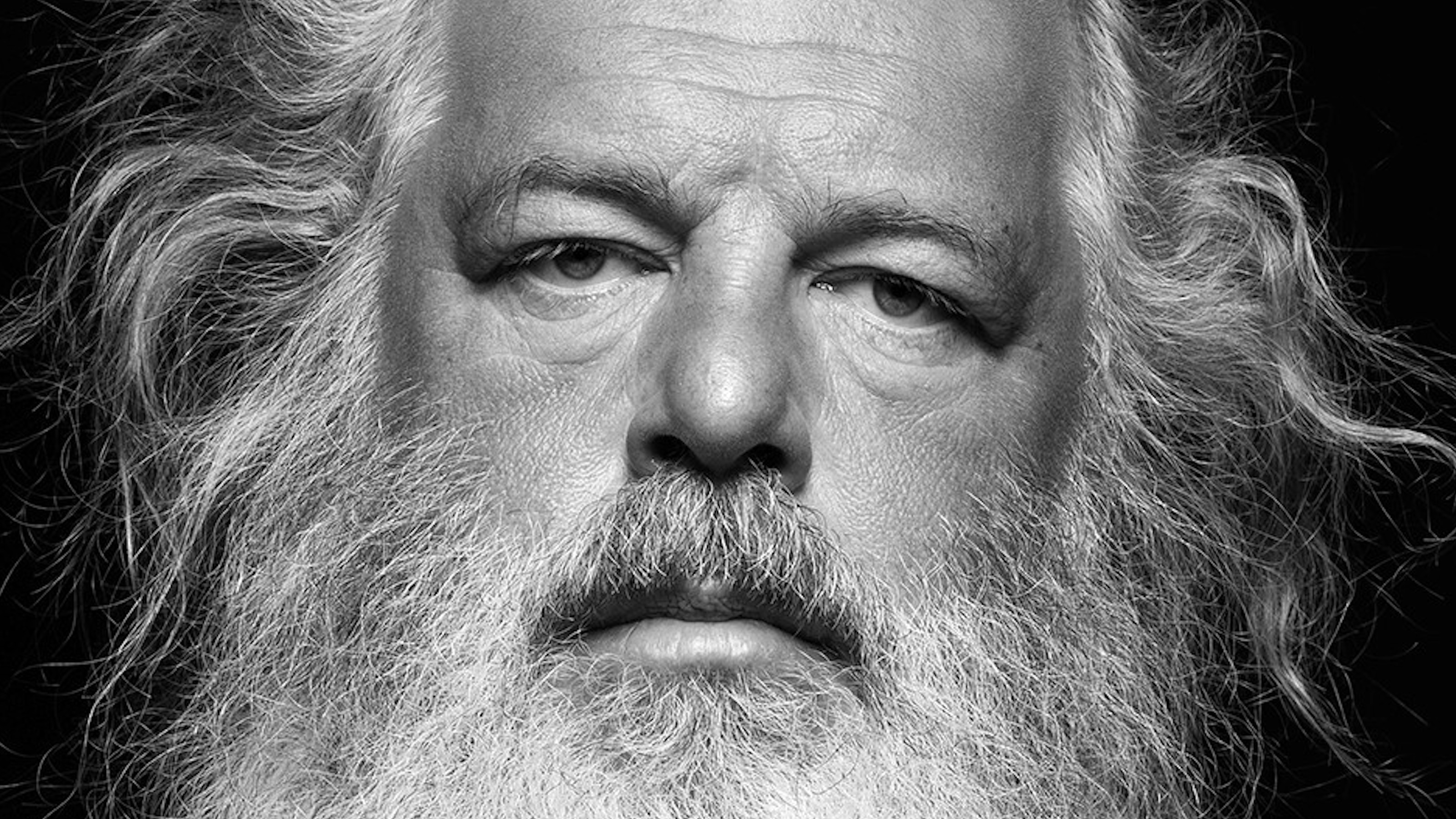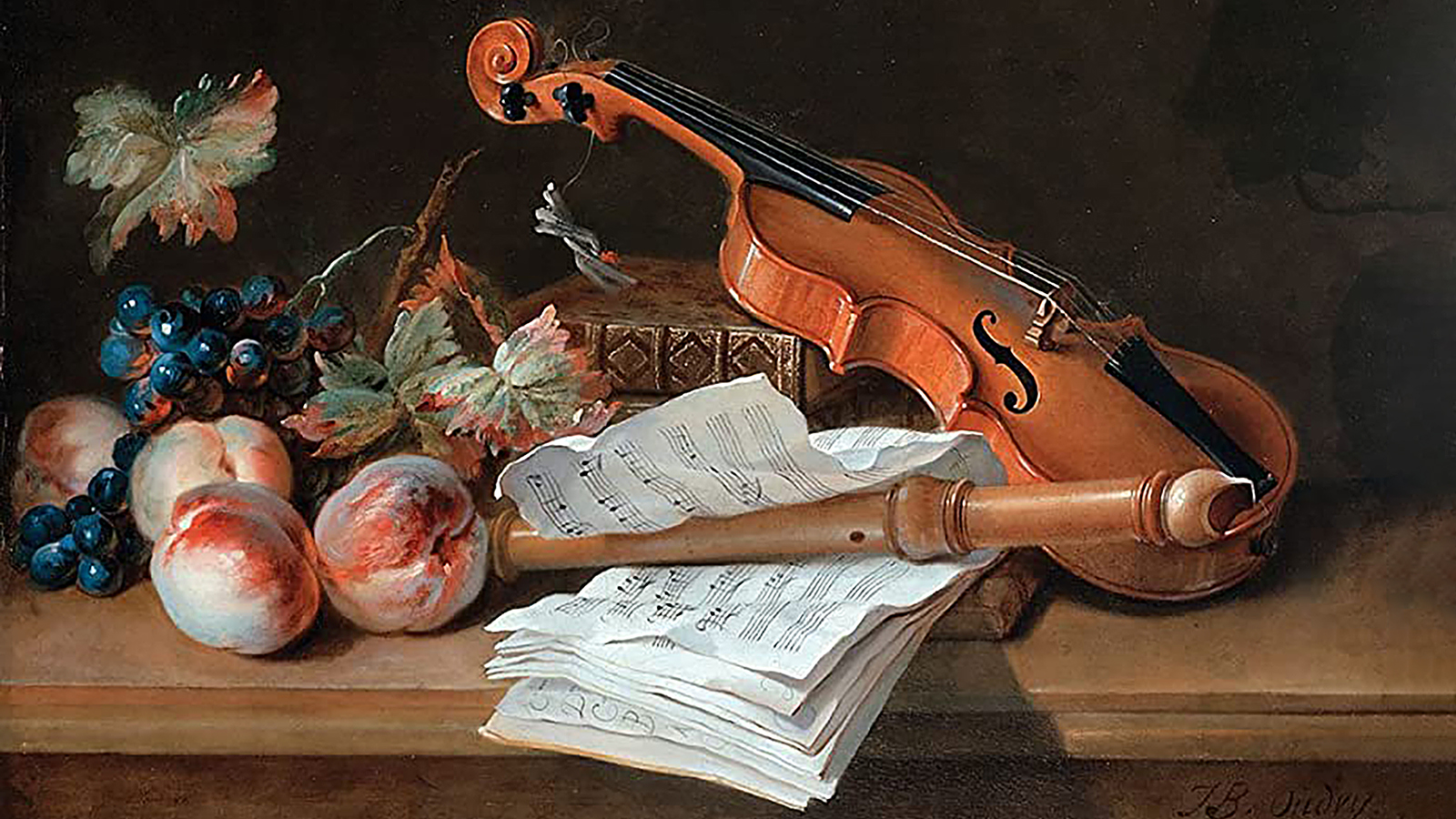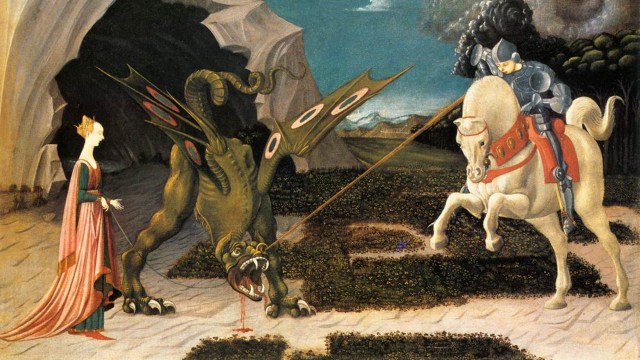How art improves your health and changes your body
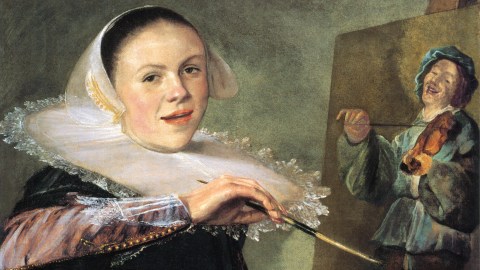
Credit: Judith Leyster / Public domain / Wikimedia Commons
- Leisure activities, such as participating in the arts, can improve your health in a variety of ways, such as enhancing respiratory and immune function.
- Whereas a pharmacological treatment works on one or two metabolic pathways, the arts have the ability to trigger hundreds of different pathways that work in concert.
- Like exercise and good nutrition, the arts on a routine basis will support your health.
One of the most important developments in the arts-meets-science approach to physical health has been the ways in which researchers have begun to identify key neurobiological mechanisms. Mechanisms are the many chemical and physical activities that underlie how things work in your body. Digesting your latest meal, for instance, happens because of multiple mechanisms, from saliva production in the mouth to chemicals in the stomach to the ways nutrients are absorbed. We understand how and why the body digests food. And by better understanding the mechanisms engaged when using the arts, practitioners are able to design and enhance interventions with greater precision.
In a 2021 study published in the journal Lancet Psychiatry, Daisy Fancourt and her team studied the mounting evidence for the benefits of leisure activities, such as participating in the arts, on human health. They identified and mapped more than 600 mechanisms — from improving respiratory and physical function to enhancing immune function and developing group values — that occur both in our individual bodies, as well as at the group and societal level. These mechanisms are broadly grouped into psychological, biological, social, and behavioral.
Another critical point that Daisy and her fellow researchers made in this study about arts and mechanisms is related to the idea of complexity science. “People have often viewed the field of arts and health as needing to operate like the field of pharmacology,” Daisy explained. For example, a drug has an active ingredient with maybe one or two biological mechanisms of action and these have predictable outcomes. “Whereas, our clear point in this paper is that in complexity science, you recognize that there are hundreds of ingredients, hundreds of mechanisms. They all work bidirectionally, not just unidirectionally and they’re moderated by external factors.”
This summarizes quite nicely why the arts have such a potent effect on our health: Whereas a pharmacological treatment works on one, maybe two, pathways, the arts have the ability to trigger hundreds of mechanisms that work in concert.
“This point is really important to get across,” Daisy says, “because sometimes people have seen the complexity and the ‘messiness’ of arts and health mechanisms as a weakness where in fact, it is the very heart of why the arts work. It’s just that we’ve been applying an overly simplistic biomedical lens on something that needs to be seen with a complexity science lens.”
Today, the arts are being used in at least six distinct ways to heal the body: as preventative medicine; as symptom relief for everyday health issues; as a treatment or intervention for illness, developmental issues, and accidents; as psychological support; as a tool for successfully living with chronic issues; and at the end of life to provide solace and meaning.
From everyday aches and pains to serious illness, this alchemy of art and science is transforming our biology in ways that are both measurable and effective. We’re now at the point where doctors as well as social workers and public-health practitioners know enough to be able to recommend various artistic endeavors to effect beneficial outcomes for our physical and mental health. We are also learning that, just like when we are prescribed medications, different types, doses, and durations work differently for different people. You can bring this knowledge home, as well, to begin to create personalized arts practices. Like exercise and good nutrition, the arts on a routine basis will support your health.

